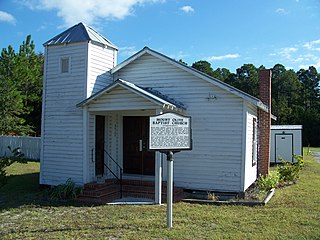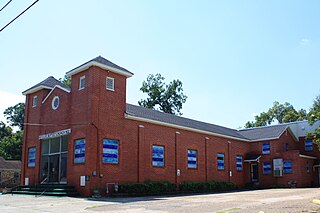Mt. Olive Baptist Church may refer to:
- Mt. Olive Missionary Baptist Church No. 1, Mobile, Alabama, listed on the NRHP in Alabama
- Mount Olive Missionary Baptist Church, Nassauville, Florida, listed on the NRHP in Florida
- Mt. Olive Baptist Church (Clark County, Kentucky)
- Mt. Olive Baptist Church (Mullins, South Carolina), listed on the NRHP in South Carolina

The Mount Olive Missionary Baptist Church is a historic site in Nassauville, Florida. It is located on County Road 107. On August 28, 1998, it was added to the U.S. National Register of Historic Places.

Mt. Olive Baptist Church is a historic Baptist church located at 301 Church Street in Mullins, Marion County, South Carolina. It was built between 1922 and 1926, and is a one-story, Late Gothic Revival style brick cruciform building. It has a complex hip and gable roof and features twin corner towers of unequal height, a stained glass oculus above each entrance at the second level, a belfry containing four large pointed arch openings, and a large tripartite Gothic-arched leaded stained glass window flanked by stained glass lancet windows. The church played a major role in the African-American community in Mullins.
| This disambiguation page lists articles associated with the title Mount Olive Baptist Church. If an internal link led you here, you may wish to change the link to point directly to the intended article. |
